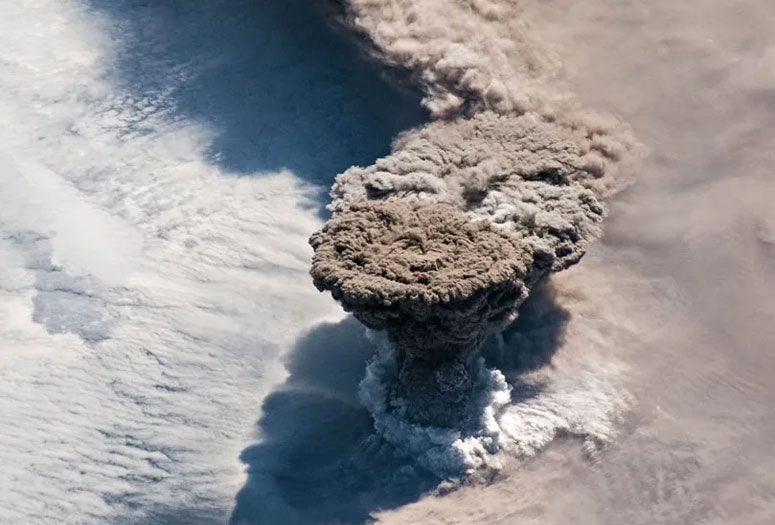Anticipating Climate Impacts of Major Volcanic Eruptions
NASA’s rapid response plan for gathering atmospheric data amid major volcanic eruptions, paired with efforts to improve eruption simulations, will offer better views of these events’ global effects.
By S. A. Carn, P. A. Newman, V. Aquila, H. Gonnermann and J. Dufek
This year marks the 30th anniversary of the most recent volcanic eruption that had a measurable effect on global climate. In addition to devastating much of the surrounding landscape and driving thousands of people to flee the area, the June 1991 eruption at Mount Pinatubo in the Philippines sent towering plumes of gas, ash, and particulates high into the atmosphere—materials that ultimately reduced average global surface temperatures by up to about 0.5°C in 1991–1993. It has also been more than 40 years since the last major explosive eruption in the conterminous United States, at Mount St. Helens in Washington in May 1980. As the institutional memory of these infrequent, but high-impact, events fades in this country and new generations of scientists assume responsibility for volcanic eruption responses, the geophysical community must remain prepared for coming eruptions, regardless of these events’ locations.

